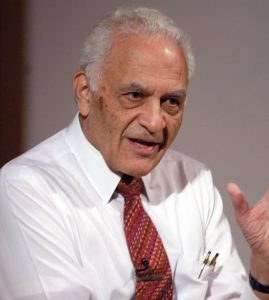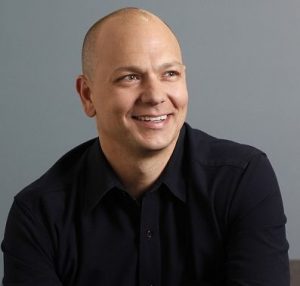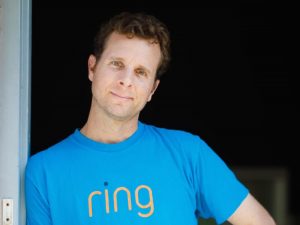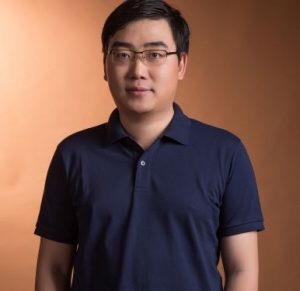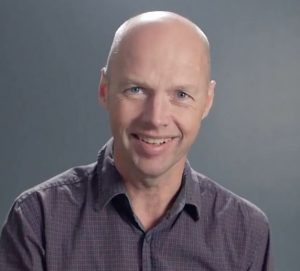William Wang : The Founder and Chairman of Vizio
Keep trying is the basic mantra for success, and if one keeps on trying without expecting much in return, it becomes easier to achieve the goals. The life of the founder of Vizio, William Wang, is a great example of the fact that giving up is never an option, but keeping the faith alive and trying, again and again, will definitely land you to a better place. And, for Wang, it is not good, but the best, his hard work could pay him.
Early Life
William Wang was born and raised in Taipei, Taiwan. He was 14 when his parents brought him to California, USA. After moving to the USA, Wang faced a lot of difficulties in adjusting to the new environment, mainly due to linguistic issues.
After completing high school education from a local school, he joined the University of Southern California, where he pursued a degree in Electrical Engineering and graduated from the college in 1986. Though he aspired to become an architect, since architecture was not a well-paying job, he dropped the idea and pursued Electrical Engineering.
Career
As soon as he completed his graduate degree, he joined a Chinese company as tech support. The company sold computer monitors, and his job included answering the clients’ calls. The job was paying well, so he continued working at the company for four years.
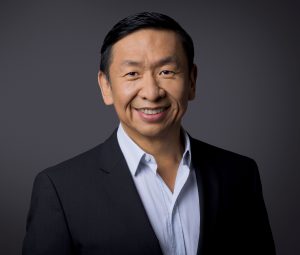
Being an electrical engineer and having worked with a company selling computer monitors, he was exposed to a new market. With the experience, he was convinced that he could build better computer monitors than the IBM computer standards.
So, in 1999, along with his own savings, he borrowed money from his parents, former boss, and a shareholder from Asia, and raised an initial capital of worth $350,000, to start his own company.
Wang founded MAG, employing two or three people, and started manufacturing computer monitors. At the time, the computer industry was booming really fast, and the company grew to $600 million in six years. But since the technology was changing, the challenges started coming in front of him. The revenues for the company lowered down to $470 million, in only two years, and eventually, Wnag had to sell the company to its manufacturers.
Later, to recover from the losses, Wang tried his hands in other businesses, including founding a computer monitor company called Princeton Graphic Systems, and an R&D facility in Asia. But nothing worked and were a waste of time and money. But still, Wang kept on looking for that big idea, which could help him grow as a successful entrepreneur.
The Turning Point
In November 2000, while coming back to Los Angeles from a meeting in Singapore, his plane Singapore Airlines Flight 006, got crashed as it took the wrong runway and bumped into a construction site. Half of the passengers and the crew died in the crash, and Wang was one of the survivors.
Wang did not have any physical injuries but suffered from carbon monoxide poisoning. According to him, when he was in the hospital, all the business related worries faded away, and he was only thinking about his family.
It was a tough time, and it took two years for him to recover from the incident.
In 2001, one of his old MAG clients, the then chairman of Gateway, Ted Waitt, asked him to build a plan for launching new age TVs for his company. Wang shared a close bond with Ted and assumed him as his mentor. Gateway sold the personal computers, and at its retail store, Ted wanted to sell other products too.
Together, Wang and Ted brought a $2,999, 42-inch plasma TV in the market, which was way cheaper than the other plasma TVs in the market and an instant hit.
Founding Vizio
The partnership between Wang and Ted as well as the success of plasma TV, motivated Wang to start another new company. Within a year of his partnership with Gateway, Wang founded a firm named ‘V Inc.’ in 2002, along with Laynie Newsome and Ken Lowe with a capital worth $6,00,000. For the money, he turned to his parents, friends, and even mortgaged his house.
The company was founded with the intention to gain most of the customer satisfaction by providing them with high-quality products at reasonable prices. The idea worked for him, and within four years the company reached an annual revenue worth $700 million. In 2007, the revenue was estimated to be $2 billion. At the same time, Wang renamed the company from V Inc. to Vizio Inc., as many people found it difficult to pronounce V Inc.
Wang had started the company with only three employees, and by 2012, the company had hired over 400 employees, half of the workers dedicated to customer service. On 31 December 2014, in order to expand the services of its smart TV, the company acquired Advanced Media Research Group, Inc.
Till now, along with the smart TVs the company has released its Tablets, Ultrabook, Mobile phones, Soundbars as well as Google TV. The company has grown to become the largest LCD HDTVs manufacturer and seller in North America.

Yashica is a Software Engineer turned Content Writer, who loves to write on social causes and expertise in writing technical stuff. She loves to watch movies and explore new places. She believes that you need to live once before you die. So experimenting with her life and career choices, she is trying to live her life to the fullest.


